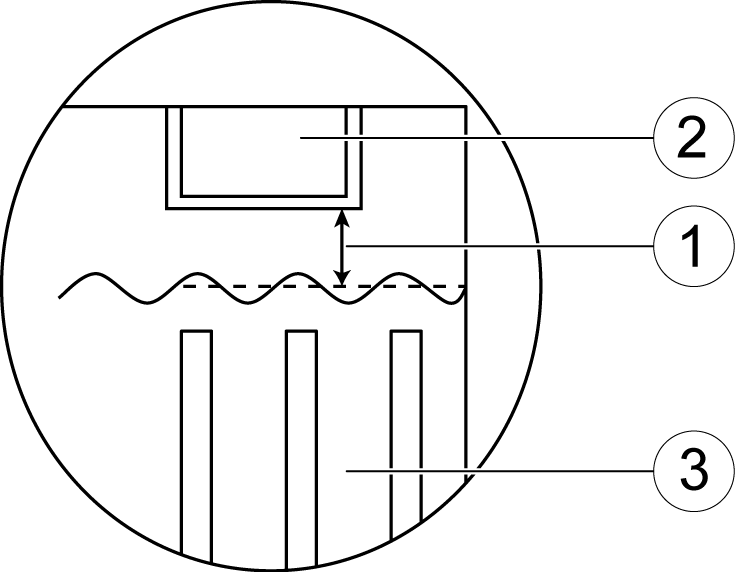
Content Source: 2021 RANGER EV Owner’s Manual (9939923 R01) > Maintenance Chapter
| IMPORTANT |
|
The Owner's Manual for this vehicle contains warnings, instructions and other information you must read and fully understand before safely riding or performing maintenance on this vehicle.Always follow the warnings and instructions in Owner's Manual. Click the CONTENTS link above for the Table Of Contents, or download a full PDF of the Owner Manual in the Owner Support area of Polaris.com |
|
Battery electrolyte is poisonous. It contains sulfuric acid. Serious burns can result from contact with skin, eyes or clothing.
Antidote:
External: Flush with water.
Internal: Drink large quantities of water or milk. Follow with milk of magnesia, beaten egg, or vegetable oil. Call physician immediately.
Eyes: Flush with water for 15 minutes and get prompt medical attention.
Batteries produce explosive gases. Keep sparks, flame, cigarettes, etc. away. Ventilate when charging or using in an enclosed
space. Always shield eyes when working near batteries. KEEP OUT OF REACH OF CHILDREN.
|
|
Improperly connecting or disconnecting battery cables can result in an explosion and cause serious injury or death. When removing
the battery, always disconnect the negative (black) cable first. When reinstalling the battery, always connect the negative
(black) cable last.
|
| Failure to provide adequate ventilation while charging batteries can result in an explosion. Hydrogen gas is emitted during charging and will rise and accumulate at the ceiling. Always ensure a minimum of five (5) air changes per hour in the charging area. Never charge the batteries in an area subject to a flame or spark, including areas containing gas or propane water heaters and furnaces. Do not smoke in the charging area. |
| TIP |
| After the batteries have fully recharged, the battery charger will automatically cycle in and out of the trickle charge mode to maintain the charge. |
| NOTE |
| Before removing the seat to access the batteries, make sure any wire or metal items (including seat belt latches) remain clear of the battery compartment to avoid causing a short circuit to the electrical system. |
| NOTE |
| Do not allow cleaning solution or tap water to enter the batteries. |
| Handling batteries and electrical components improperly can result in serious injury or death. Do not attempt to remove batteries or battery cables. Always see your dealer for battery-related service. |
A poorly maintained battery will deteriorate rapidly. Check the battery fluid level often. Add only distilled water. Tap water
contains minerals that are harmful to a battery. Unless the plates are exposed before charging, distilled water should be
added to a battery after charging. If the plates ![]() are exposed, add water to about 1/8 inch (3 mm) above the plates, then charge. Check the fluid level again after charging.
Maintain the fluid level 1/4 inch (6 mm)
are exposed, add water to about 1/8 inch (3 mm) above the plates, then charge. Check the fluid level again after charging.
Maintain the fluid level 1/4 inch (6 mm) ![]() below the bottom of the fill well
below the bottom of the fill well![]() in the cell cover. Do not overfill.
in the cell cover. Do not overfill.

© Copyright Polaris Inc. All rights reserved.